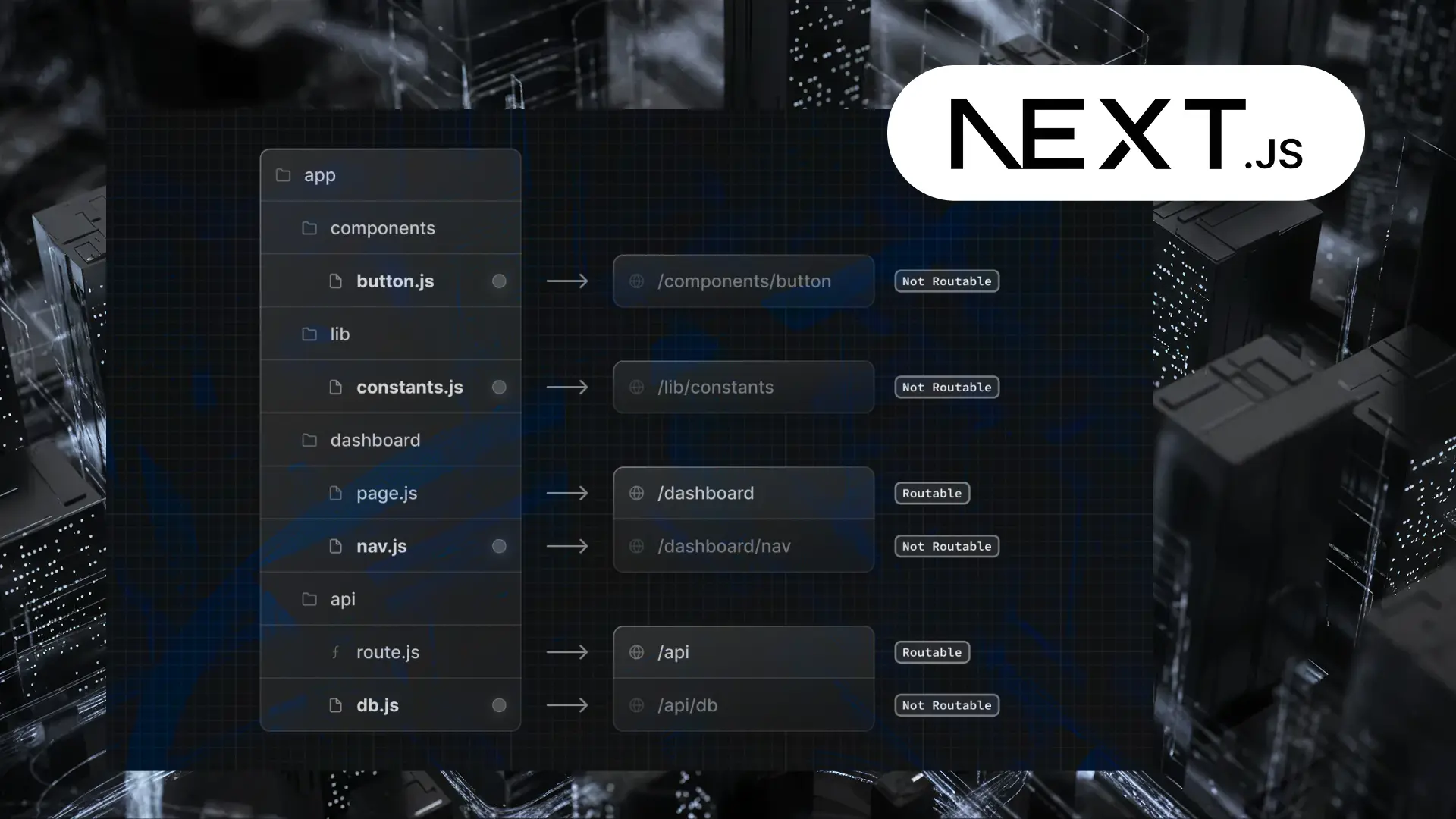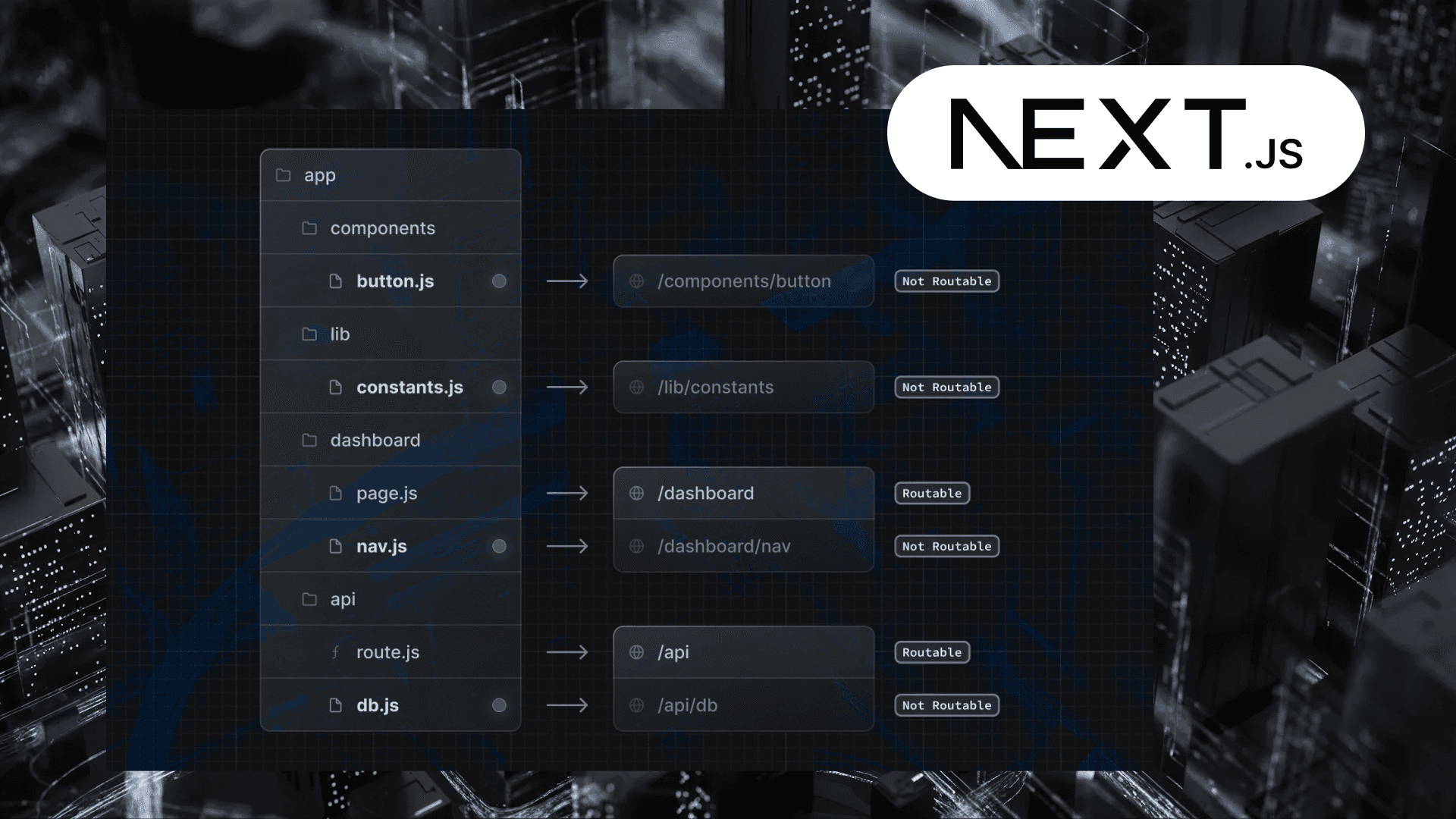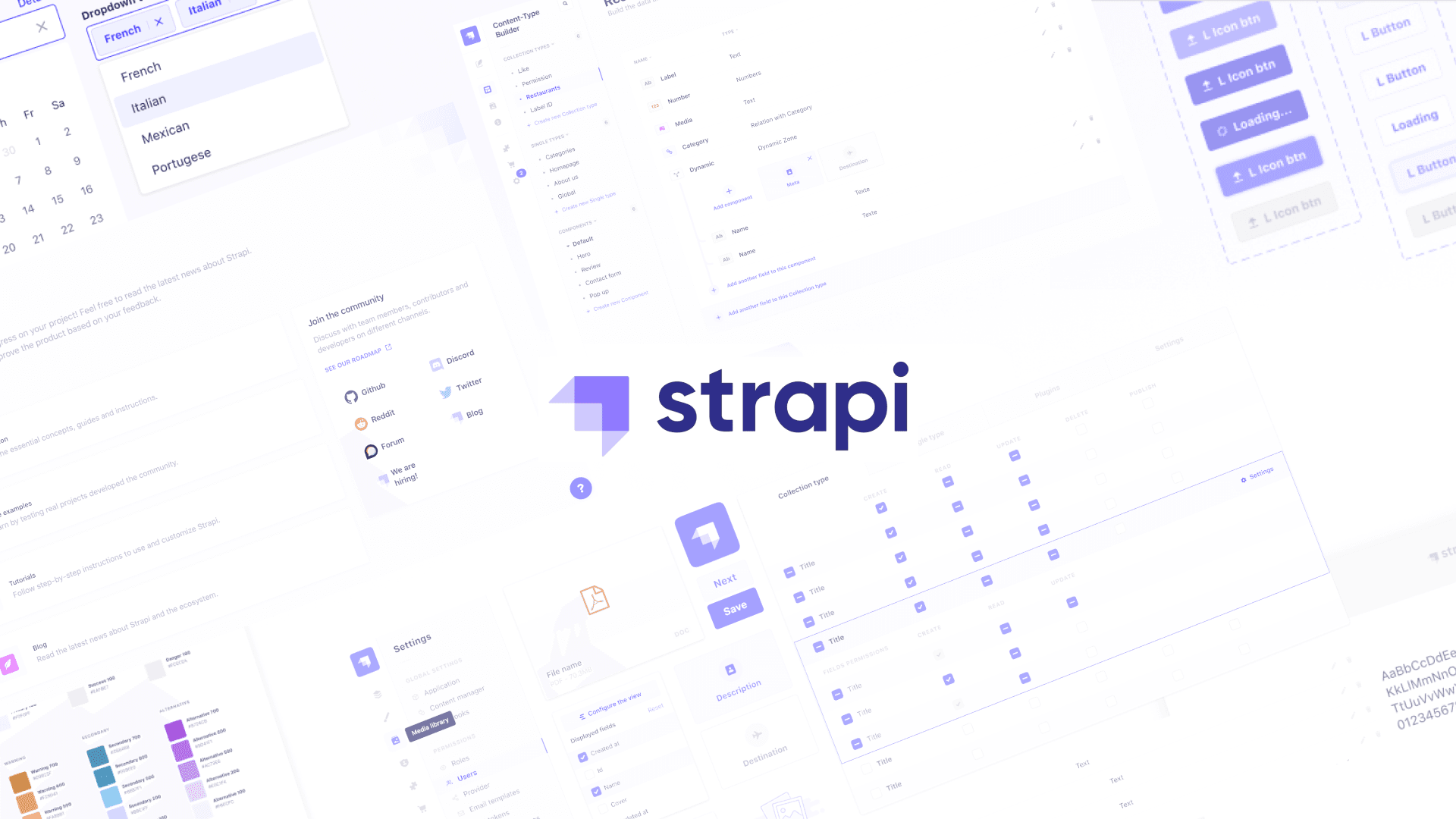Table of Contents
Microservices Architecture: From Theory to Practice
Author

Date

Book a call
This article is designed for beginners who are new to Microservices architecture. No prior experience with microservices is required. Whether you are a student, junior developer, or a professional looking to transition from monolithic applications, this guide will help you get started.
Microservices architecture is a method of building applications as a collection of small, independent services. Each service is focused on doing one job well and can be built, deployed, and scaled separately. This approach makes it easier to manage and grow large applications.
In this article, we’ll bridge theory with practice by exploring microservices concepts through a hands-on example built with Spring Cloud.
Key Benefits of Microservices
- Independent Scalability: Scale individual components based on load and usage patterns.
- Technology Flexibility: Use different technologies and frameworks best suited for each service.
- Isolated Failures: Prevent system-wide outages by isolating faults within a service.
- Team Autonomy: Enable teams to develop, test, and deploy services independently.
- Continuous Deployment: Deploy services without impacting the entire application.
Core Concepts
Service Boundaries
- Each microservice is built around a specific business task, such as managing users or processing orders.
- Each service has its database and controls how it stores and accesses data.
- Services provide their features using APIs, so other services or users can interact with them.
- Each microservice can be built, tested, updated, and scaled on its own, without affecting the others.
Service Discovery
- In dynamic environments, service instances are created and destroyed frequently. A service discovery mechanism ensures that services can locate and communicate with each other without hardcoded addresses.
API Gateway
- An API Gateway acts as a single entry point for client requests. It handles routing, load balancing, and cross-cutting concerns like authentication, logging, and rate limiting.
Database per Service
- Each service should own its data. This can be implemented using separate databases or isolated schemas to ensure data encapsulation and reduce coupling between services.
Practical Implementation: E-commerce Example
To solidify these concepts, let’s look at an example e-commerce application built using Spring Cloud.
Architecture Components
- Service Registry (Eureka Server) – Maintains a directory of service instances.
- API Gateway – Routes incoming requests to the appropriate services.
- User Service – Manages user data and operations.
- PostgreSQL Database – Dedicated to the User Service for storing user-related data.
Request Flow
Below is a visual representation of the request flow in our microservices application. It shows how the client request travels through the API Gateway, then to the User Service using the Service Registry, and how the response is returned to the client.

- A client sends a request to the API Gateway.
- The gateway uses the service registry to discover the target service.
- The request is forwarded to the User Service.
- The User Service processes the request and interacts with its database.
- The response travels back to the client through the same path.
Implementation Highlights
Service Registry (Eureka Server)
API Gateway Configuration
User Service Integration
Best Practices for Microservices
- Design Around Business Capabilities: Align services with business domains.
- Circuit Breakers: Prevent cascading failures using resilience patterns.
- Distributed Tracing: Track end-to-end requests across services.
- Centralized Logging: Aggregate logs for better observability.
- Containerization: Use Docker for environment consistency.
- Infrastructure as Code: Automate environment setup with tools like Terraform.
- API Versioning: Ensure backward compatibility with versioned APIs.
Common Challenges and Solutions
Data Consistency
- Challenge: Maintaining consistency across services.
- Solution: Use event-driven architecture, eventual consistency, and saga patterns.
Network Reliability
- Challenge: Unreliable communication between services.
- Solution: Implement retries, timeouts, fallbacks, and circuit breakers.
Performance
- Challenge: Increased latency due to service interactions.
- Solution: Apply caching, asynchronous messaging, and API composition.
Getting Started
Clone and run the e-commerce microservices application:
Conclusion
Microservices architecture offers a modular approach to building software that is scalable, resilient, and easy to maintain. By using Spring Cloud, you can implement essential microservices patterns such as service discovery, API gateways, and independent service deployment.
Our example demonstrates how to move from theoretical concepts to a working system—empowering you to build microservices that align with your business goals.
Next Steps
- Integrate authentication and authorization.
- Add domain services like products, orders, and payments.
- Set up observability tools for monitoring and tracing.
- Establish CI/CD pipelines for automated deployment and testing.
Dive deep into our research and insights. In our articles and blogs, we explore topics on design, how it relates to development, and impact of various trends to businesses.





